Lavirovnya is an evergreen plant. An erroneous opinion of novice gardeners is that it is a hybrid laurel with a cherry. This type of plant does not apply, and the name received due to the fact that the lambish leaves are similar to the laurels, and the fruits resemble cherries.
Shrub high, sometimes reaches the size of the tree. Rod - plum, Motherland - America, there is a common plant. It also grows well in the warm climate. All parts of the plant poisonous, except fruit. Fruits can be eaten. In all parts of the plant, a poisonous substance amygdalin is contained, and in seeds - blue acid. The aroma of the Lavrosishni during flowering reminds the cherry, but the smell should not be afraid, as the flowers are not poisonous. It highlights the plant to poisonous juice if it is painful or lost the leaves between your fingers. After you hold the layers of the lambist in the palms, the hands need to wash the face several times with soap and try not to touch your fingers, do not rub your eyes.
Lavirovnya. Description
In height, an adult plant reaches up to 10 m. The leaves are beautiful, similar to the laurel tree, glossy, dark color. Fruits - you can eat, and seeds are very poisonous. They, as well as in the leaves and the crust, contains poison - amygdalin.
The flowering period is the second half of the spring, but everything will depend on what climate is grown this plant.
Flowers - white or ivory colors are assembled into cute brushes, reaching the length of 10-12 cm. Brushes, like the aroma during flowering, resemble the brushes of cherry. When ripening fruits become bright red color. Externally looked like a cherry or a cherry, but it all depends on the variety. The taste is pleasant, and if you salute in the brine, you can even replace olives or olives.
Wild shape of the lambish - fruit differ outwardly and to taste, they are a little bitten and have astringent action, but they can be even useful. Make delicious liquor and wine made of fruits of wild laurels.
A laurels and its healing properties are known, the fruits and leaves of the plant use in medicine to get healing oil, tincture, water. The plant helps to get rid of the anxiety, will improve sleep, makes the work of the heart muscle. A plant and as an immunomodulator is used, so in Russia the variety "Drug Lavrichny" is popular, from the fruits of this variety make a alcohol tincture.
Lavrovishny varieties
In nature, there are about 400 and even more varieties of this plant, there are not so many popular, which can be raised in the middle lane of Russia.
Lavrosishny varieties:
- the "Roatunfolia" variety is an evergreen shrub, low, up to 4 m, vertical. The width of the crown is no more than 2.5 m. The leaves are large, long, about 15 cm, wide. Blossoms should be expected at the beginning of the last spring month. White flowers. He loves the sun, so before landing you need to choose a plot well lit by the sun. Grows on rocky and dry soil, as well as sandy;
- back in 1930, he was first introduced for sale "Herbergery", brought from the nursery of Southern Europe. This variety is growing not as fast as the rest, but also evergreen, in growth reaches up to 3 or 4 m. The flowering should be expected in mid-May, the flowers of the right shape, the fruits are more similar in shape on the egg. Also, the plant loves the sun and a lot of light, but it will be quite calmly postpone the half-day, cope with drought and heat. It feels well on sandy soils, as well as the lungs. In terms of pruning - the lambistant is unpretentious, it is well tolerate even a strong trimming. In winter, this variety does not require shelter, perfectly tolerates windy and frosty winter;
- lavirovna Mount Vernon varieties, the bush is compact and flat, will fit even on a small area, since the shoots are thickly steal. It reaches at a height of no more than half a meter, the width is growing at 1-1.5 m. Leaves of a little different shape, along the edges - with a tooth, the length of the leaflet is about 8 cm. The laurel of this variety loves to be a lot of light and fertile soil, but also on sandy Also feel good feeling. For the winter, this shrub will have to hide;
- "Portuguese" laurels - externally more like a small compact tree than on a shrub. Very slowly growing, but the leaves of beautiful color and the right shape. Blossom - later, in the middle of the first summer month. Flowers are small, beautiful, the fruits are dark, like a cherry, densely cover the branches because of which the impression is created, like a shrub is unaccustomed;
- grade Lavrovichny "Lusitanskaya", the biggest shrub, as it is pulled up to 6 m. Does not tolerate dampness, so it will not be able to fully develop in the crude soil and can even die. But it moves well to the cold (need to hide), loves a lot of light;
- "Caucasian" variety is decorative, with beautiful elongated shapes of the leaves of the color of the young greenery;
- "Shipkencis" - a beautiful variety, dwarf, is ideal for growing in large vases and containers;
- another compact size of the lambish variety "Otto Lukene" is also grown in vases, resistant to pests and diseases;
- dosage Lavirovna is the most popular shrub grade. The height is drawn up to a maximum of up to 3 m, perfectly tolerate the races of temperature and cold. It grows quickly, but if the soil is dry, growth slows down. Loves drigly and lime, as well as fertile soils, but also on the sandy will also please blossom and good harvest.
Lavirovnya. Photo:
Lavirichny landing
The laurel plant is unpretentious in the cultivation, some gardeners say that even the lazy can grow a laurel in its plot. Plant in open ground, choosing a well-lit place. Depending on the variety, it will take more or less space, and some varieties can be raised on the balcony or in the greenhouse. To do this, you will need a special spacious container or large vase.
It is possible to start growing a shrub even at home, and when the plant takes on, then planted for a permanent place.
Features of growing:
- landing time: Early spring or late autumn;
- soil requirements: fertile, light. But if it is impossible, even weakly alkaline and lime will suit, but only needed a good drainage and making feeding;
- what Lavirichny loves: the organic and mineral fertilizers on a little bit, literally 6 kg per square meter;
- if you grow a shrub in a container, then you need to purchase a finished substrate or make a mixture from fertile land and peat;
- when growing in a vase, the root system does not grow much, so the lambist does not require transplant. But it is advisable to update the upper layer of the Earth;
- caring for the laurels - comes down to a minimum, since the plant is unpretentious. When watering, it is allowed to add 30 g of complex fertilizer to a bucket with water. Water - during transplantation (if necessary) and in drought;
- it will take regularly cut extra branches. It is necessary to do this at the end of winter, and if the goal is to make a green hedge, then the trimming must be performed at the end of August.
Pests and Lavrovichny diseases
The most important attack of Lavrosishnyi is a torpid growth. The disease quickly applies to the leaves, they appear droplets or dark-colored stains. Get rid of the disease is easier than simple, you need to use any means of fungicides or process the plant with gray preparations.
Due to excess nitrogen (when feeding or fertilizing the soil), the plant ceases to resist the cold.
The pests do not attack this plant due to poisonous properties, but the thrushes and other birds do not mind to enjoy tasty ripe berries like cherry.
reproduction laurel
Laurel, you can try to propagate seeds collected immediately. This is the only condition which must be observed, as they are not stored for a long time due to low germination. The collected seeds / pits need to put in a container with warm water and leave for 8 hours. Then remove and put in a small tray with moist soil, not bury more than 1 cm. After that you need to cover the capacitance film and put in the refrigerator on the bottom shelf, leave for 2 or even 3 months. After - remove, put in the room for germination. The temperature optimal for germination - not less than 18 degrees, but not more than 28.
Such a method can not be called fast, so gardeners prilovchilis propagate medicinal shrub in any other way, this reproduction laurel shanks.
Procedure for work:
- Take a stalk, separate shoots, to get the lengths of 10 or 12 cm.
- The leaves should be left alone at the top, it can be up to half of everything else - shoot.
- Cuttings should be inserted into the nutrient mixture consisting of humus and sand to a depth of 3 cm, cover with dense, translucent package.
- Rooting - at a temperature of 22 to 24 degrees with the sign "+".
- You can put the cuttings in a container with water.
Softwood cuttings to propagate laurel complicated as planting material is necessary to take in June and immediately engage in reproduction.
Much easier to propagate by layering shrubs.
breeding options:
- layering arcuate;
- horizontal layering;
- vertical layering.
The first option is familiar to many (similarly diluted currant), but the second version of the breeding worth considering in detail.
With the onset of spring or late autumn should be cut the whole bush, leaving only a low stump (3 cm). In these stumps and young shoots will grow. They need to be thin and the hill, leaving the crown. Watering - a mandatory part of care during the growing season, as well as dookuchivanie. After the shoots take root, laurel seedlings can be opened and separated to transplant to a permanent place.
Finished plants can be purchased at a specialty store. Choose healthy planting, the roots were resilient and did not dry, about 30 cm long (not shorter), no blistering and growths.
What is the use laurel?
It has become known that the leaves and all parts of the plant other than the fruit, are poisonous. Therefore, only the fruits are edible. But they taste sugary and astringent, so the greatest of these is make the wine and cold drinks.
Despite the toxicity and content in the leaves of poison - amygdaline, they contain essential oil in sufficient quantities.
The benefits of the plant:
- the leaves can be used in industry to give milk products a pleasant aroma of almond;
- from fresh leaves, by distillation, produce aromatic water or extractor, which is used as sedative;
- the dried leaves in combination with other aromatic healing herbs are stuffed in a pillow to get rid of insomnia. You can sleep on such a pillow not more than 3 hours, and if headaches are tormented, then from 3 to 5 hours;
- in the leaves are contained tanids - this is an anti-inflammatory agent;
- in modern medicine, the leaves are used to prepare soothing agents and relieve pain and gastric spasms;
- a water tincture of seeds is used in the fight against boils and baldness.
The leaves, despite the strong similarity with the laurel, in no case cannot be added to food, as it is fraught with the strongest poisoning. From the leaves, although they make drugs and are used in the production of alcoholic beverages, but at home it is better not to risk and do not do anything from the laurels.
Folk recipes:
- Take the bones of ripe fruits, shredtit, add sugar (as much). The use of a teaspoon three times a day after meals in insomnia, problems with the work of the stomach and intestines.
- If they are worried about the intestines and the stomach, then take 2 tablespoons of the leaves powder (crushing), pour 0.5 liters of boiled water (hot), to insist 15 minutes, then strain and take 2 spoons (strictly!).
- How to get rid of headaches and insomnia: bones of fruits crush into powder, take on a teaspoon, immediately drinking raw milk.
- Some hostesses are boiled with ripe lambist fruits, adding figs or lemons, make syrup to add to the dough or cream. Such a product is useful and tasty.

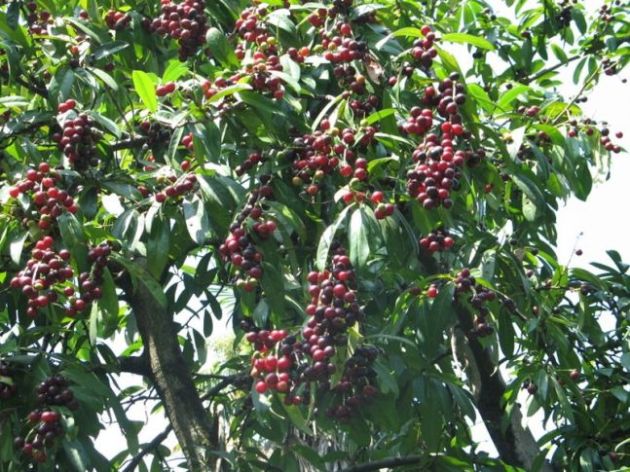
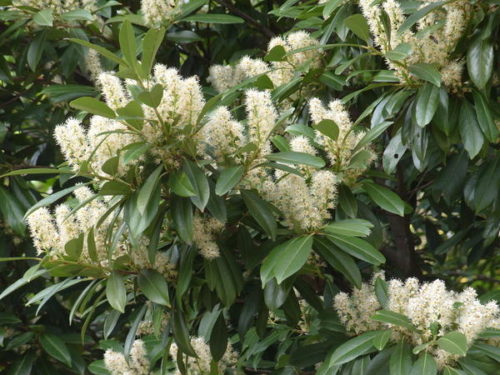
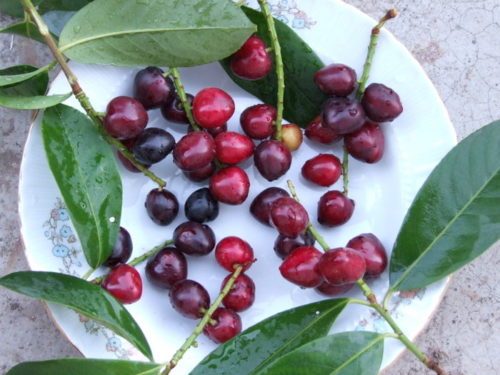
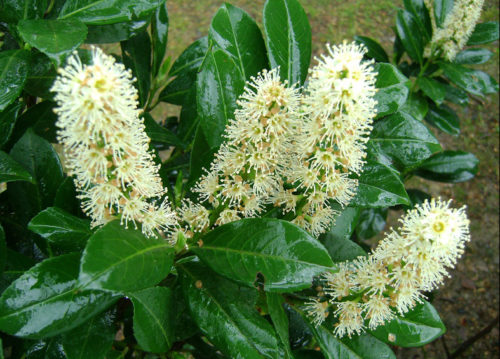

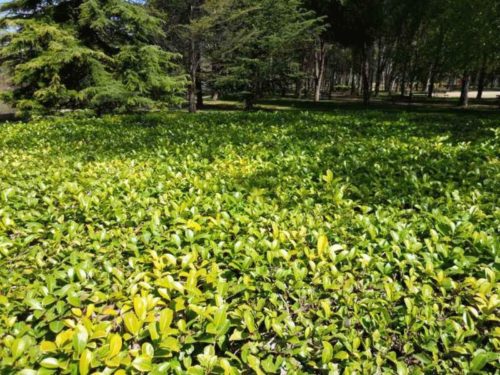
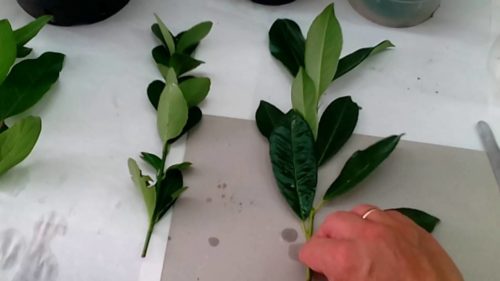












 Start a discussion ...
Start a discussion ...